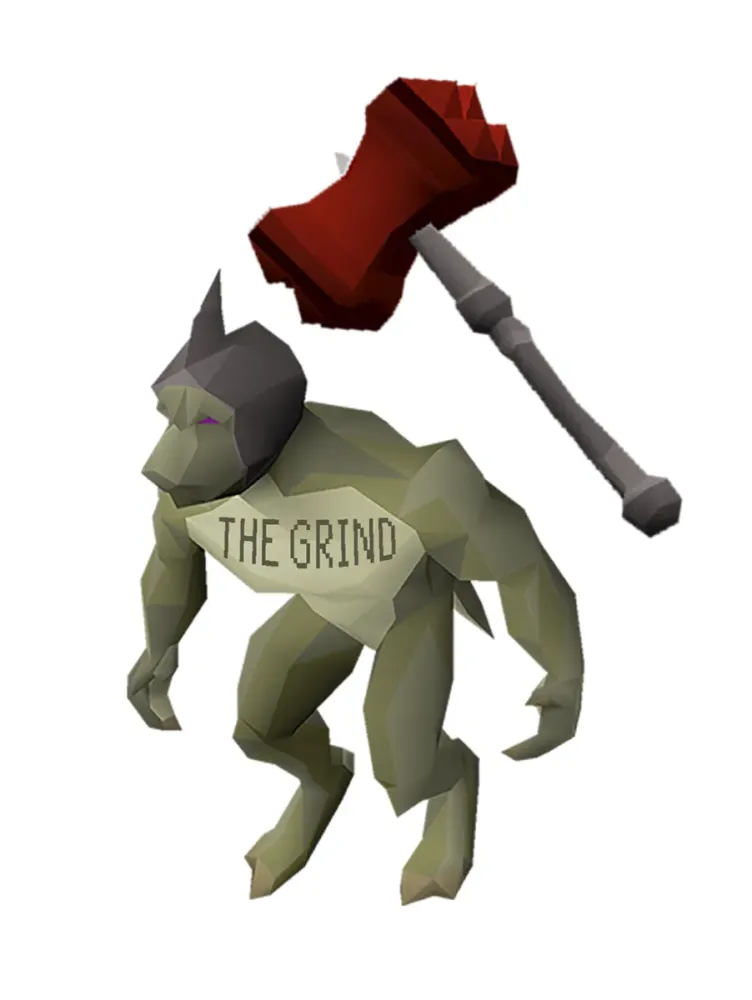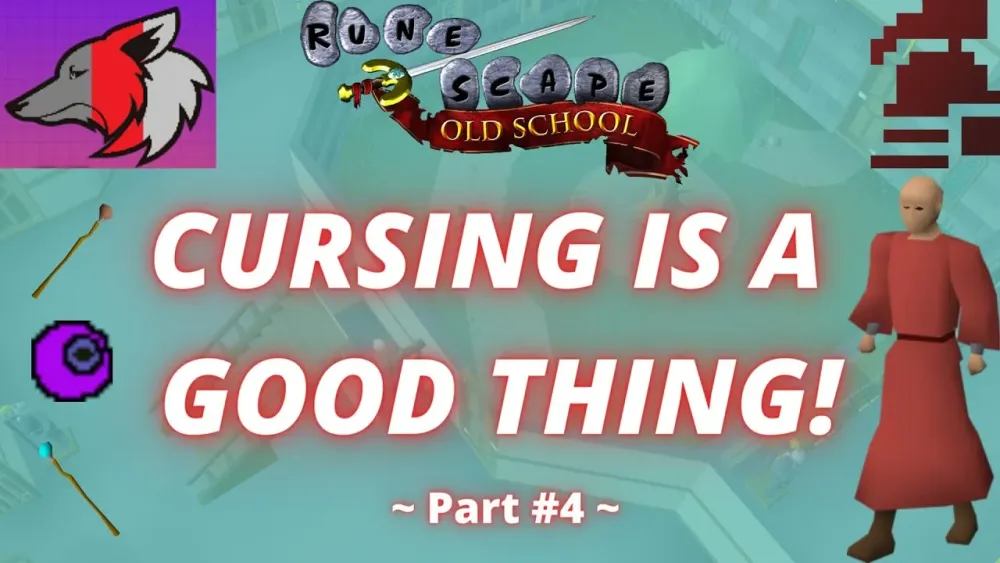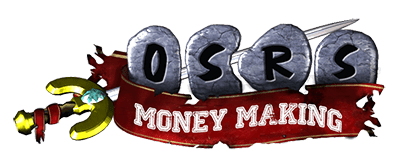Your cart is empty
Optimal Ironman Guide OSRS – Efficient Path to Success

Embarking on an Ironman journey in Old School RuneScape (OSRS) is a thrilling yet challenging endeavor. As an Ironman, you must be entirely self-sufficient, unable to trade with other players, use the Grand Exchange (except for bonds), or pick up drops from others’ kills. This guide provides an optimized pathway for Ironman accounts, focusing on efficient questing, skilling, and gear progression to help you reach mid and late-game content quickly. Whether you’re a standard Ironman, Hardcore, or Ultimate, this guide will set you on the right track.
Ironman Mode, introduced in OSRS on October 13, 2014, restricts player interactions to create a solo challenge. You must gather all resources, craft items, and defeat bosses independently. There are three main variants:
- Standard Ironman: Self-sufficient with no trading or group loot.
- Hardcore Ironman: One life; a dangerous death reverts you to standard Ironman status.
- Ultimate Ironman: No banking, adding inventory management challenges.
To activate Ironman mode, speak to Adam or Paul on Tutorial Island before leaving. Hardcore Ironmen face the added pressure of avoiding unsafe deaths, while Ultimate Ironmen must strategize around limited inventory space.
Why Choose Ironman?
Ironman mode appeals to players seeking a pure, self-reliant experience. It emphasizes game knowledge, efficient planning, and the satisfaction of earning every item. For casual players, it’s rewarding but requires patience, as end-game content may take years.
Early Game Strategies

The early game (levels 1–70) focuses on questing, unlocking key content, and building a foundation for skilling and combat. Completing quests efficiently minimizes skilling grind and grants significant experience rewards.
Optimal Quest Order
Following an optimized quest order, such as the one outlined on the OSRS Wiki’s Optimal Ironman Quest Guide, ensures you unlock critical areas and items early. Key early quests include:
- Waterfall Quest: Grants 13,750 Attack and Strength XP, boosting melee skills to level 30.
- Fight Arena: Provides 12,175 Attack XP and safespottable enemies.
- Vampire Slayer: Offers 4,825 Attack XP, ideal for early combat.
- Bone Voyage: Unlocks Fossil Island for birdhouse runs and Ammonite Crabs training.
- Lost City: Grants access to Zanaris, fairy rings, and the dragon dagger.
Use the RuneLite plugin “Quest Helper” or SlayerMusiq1’s quick guides for faster questing. Prioritize Herblore for experience lamps, as it’s a costly skill for Ironmen.
Early Skilling Priorities
Focus on multi-benefit skilling methods to save time. Recommended activities include:
- Wintertodt (Firemaking): Train to 99 Firemaking for supply crates containing herbs, seeds, and coins. Keep Hitpoints at 10–17 to avoid high damage.
- Barbarian Fishing: Train Fishing to 48, then fish leaping trout/salmon for 99 Fishing, yielding ~73 Agility and Strength.
- Thieving: Steal from Ardougne cake stalls for food and silk for coins. Reach 99 for a steady cash flow.
These methods provide resources and experience, reducing the need for dedicated skilling later.
Mid-Game Progression
The mid-game (levels 60–90) involves advancing combat, Slayer, and gathering skills while acquiring better gear. This phase prepares you for bossing and end-game content.
Combat Training
Train combat efficiently using Ammonite Crabs on Fossil Island or safespottable quest bosses. Use controlled training (equal Attack, Strength, Defence) to level skills evenly. Key gear to aim for includes:
| Slot | Item | Source |
|---|---|---|
| Weapon | Rune Scimitar | Smithing (level 90) or drops |
| Ammo | Broad Bolts | Broader Fletching (Slayer) |
| Body | Blessed D’Hide | Hard Clue Scrolls |
Unlock High Level Alchemy (Magic 55) for coins and train Magic via combat to save runes.
Slayer for Resources
Train Slayer with Konar for a chance at Magic logs from the Brimstone chest, needed for Desert Treasure I. Focus on tasks like Nechryaels in the Slayer Tower for herb seeds. Avoid bursting in the Catacombs, as Greater Nechryaels drop fewer seeds.
Unlocking Key Content
Complete quests like In Aid of the Myreque for Temple Trekking, which provides skilling resources. Fairytale I – Growing Pains unlocks fairy rings, improving mobility. These unlocks streamline resource gathering and travel.
Gear and Resource Management
Ironmen must carefully manage gear and resources due to self-sufficiency. Prioritize items with multiple uses and sustainable sources.
Essential Gear Progression
Here’s a progression path for key gear:
- Melee: Adamant Scimitar (The Feud quest) → Dragon Scimitar (Monkey Madness I).
- Ranged: Rune Crossbow (Crazy Archaeologist) → Blowpipe (Zulrah, late-game).
- Magic: Amulet of Power (H.A.M. Store rooms or clue scrolls) → Trident of the Seas (late-game).
Obtain the Graceful Outfit via Agility training for reduced weight and faster travel.
Resource Gathering Tips
Use these methods to sustain supplies:
- Herbs: Regular herb runs and Slayer tasks (Nechryaels, Aberrant Spectres).
- Food: Steal cakes from Ardougne or fish during Barbarian Fishing.
- Coins: High Level Alchemy, thieving, or Agility Pyramid (up to 200,000 gp/hour).
Managing Miscellania (post-Throne of Miscellania) provides passive herbs, seeds, and logs.
Tips for Hardcore and Ultimate Ironmen
Hardcore and Ultimate Ironmen face unique challenges. Here are tailored tips:
Hardcore Ironman Survival
Avoid unsafe deaths by:
- Safespotting: Use Magic to safespot quest bosses like those in Fight Arena.
- Low Hitpoints: Keep Hitpoints low (10–17) during Wintertodt to minimize damage.
- Safe Minigames: Deaths in minigames like Barbarian Assault are safe.
Train Hitpoints after early quests to reduce risk during combat.
Ultimate Ironman Inventory Management
With no bank, Ultimate Ironmen must optimize inventory:
- Lunar Diplomacy Trick: Use the Empty Vial from Lunar Diplomacy to make Waking Sleep Potions for 168–252 Herblore XP per vial.
- Dropping Items: Drop low-value items strategically, keeping only essentials.
- Birdhouse Runs: Prioritize these for seeds and Hunter XP without inventory clutter.
Final Thoughts
The optimal Ironman path in OSRS revolves around efficient questing, multi-benefit skilling, and strategic resource management. Start with early quests like Waterfall Quest and Bone Voyage, leverage Wintertodt and Barbarian Fishing for supplies and XP, and progress to Slayer and mid-game gear like the Rune Crossbow. Hardcore Ironmen should prioritize safe training, while Ultimate Ironmen need clever inventory solutions. Adapt this guide to your playstyle, and enjoy the rewarding journey of self-sufficiency. For more details, check the OSRS Wiki’s Optimal Quest Guide or Oziris’s pastebin at pastebin.com/KAm2GfGN.
Key Takeaways:
- Follow an optimized quest order to minimize skilling.
- Use Wintertodt and Barbarian Fishing for early resources and XP.
- Prioritize Herblore for lamps and Slayer for herbs.
- Adapt gear and training methods to your Ironman type.
Happy scaping, and may your Ironman journey be epic!
